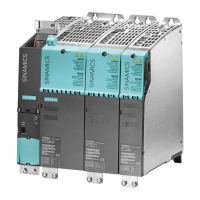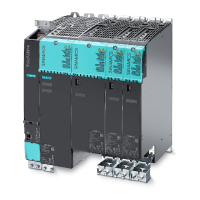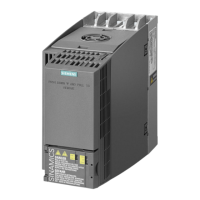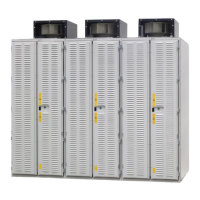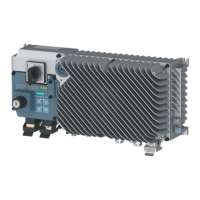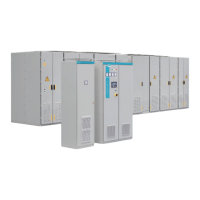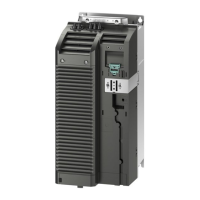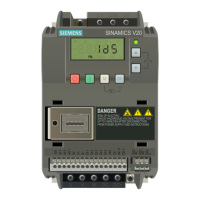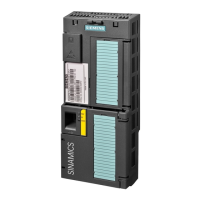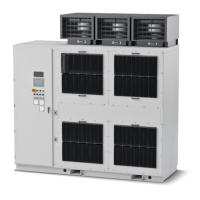Commissioning
8.3 Commissioning of Safety Integrated functions
Safety Integrated
192 Function Manual, 05/2010, A5E03264275A
4. Click "Gear factor" and set the actual value tolerance (p9542) to a larger value (e.g. 10
mm/min or 10 rpm) and the number of motor revolutions to match the pole pair number
(r0313).
5. Open SS1 and set the shutdown speed to >0.
6. Call the Safely-Limited Speed, change all of the stop responses to "[0]STOP A" or
"[1]STOP B" and close the window.
7. The user-specific Safety settings can now be performed.
8. Click on "Copy parameters".
9. Switch off/switch on the drive to accept the changes.
Note
If, during acceleration or deceleration, the drive outputs the message C01711/C30711
(message value 1041 to1043), this indicates problems due to ramping that is too steep in
conjunction with the precontrol. You have the following options to remedy this:
• Reduce the ramp gradient.
• Use the extended ramp-function generator (with rounding) to set a more gentle ramp
up.
• Reduce the precontrol.
• Change the values of parameters p9588 and p9589 (see specifications in the List
Manual).
8.3.4 Standard commissioning of Safety Integrated functions
Standard commissioning of the safety functions
1. A commissioned project that has been uploaded to STARTER can be transferred to
another drive unit keeping the existing Safety parameter assignment.
2. If the source and target devices have different software versions, the reference
checksums may have to be adapted. This is displayed via a fault:
Target checksum fault
p9729[0…2] - F01680(0…2)
p9399[0…1] - F30680(0…1)
p9799 - F01650 (fault value: 1000)
p9899 - F30650 (fault value: 1000)
p10005[0...1] - F01650(0...1) (TM54F)
3. Once the project has been downloaded to the target device, an acceptance must be
carried out. This is indicated by fault F01650 (fault value: 2004 or 2005). For more
information on the acceptance test see chapter "Acceptance test and acceptance report".
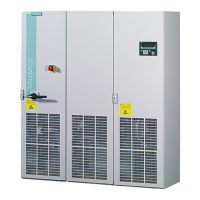
